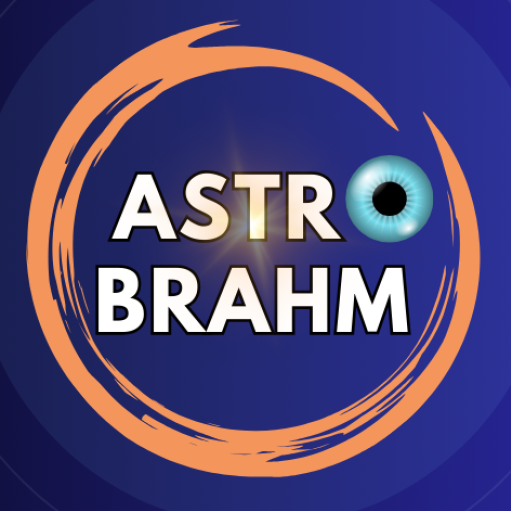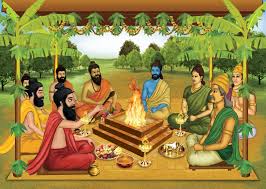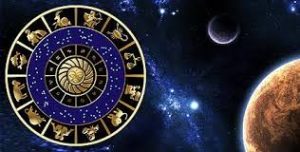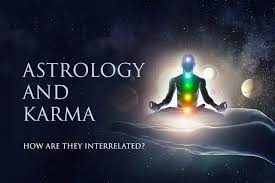Astrology during the Vedic period was an integral part of the spiritual and cultural fabric of ancient India. Rooted in Vedic Jyotish, it was considered a divine science—an extension of the Vedas—that connected celestial phenomena with human life. The purpose of astrology during this time went beyond prediction; it served as a guide for living in harmony with cosmic laws (Rta) and one’s personal dharma.
Key Aspects of Astrology During the Vedic Period
- Astronomical Foundation:
- Vedic astrology was closely linked to astronomy. Observations of planetary movements, constellations (nakshatras), and the lunar calendar formed the foundation for astrological principles.
- Example: The division of the zodiac into 12 rashis (signs) and 27 nakshatras was based on meticulous astronomical calculations.
- Integration with Rituals and Dharma:
- Astrology was deeply integrated into Vedic rituals. It was used to determine auspicious timings (muhurta) for conducting yagnas (sacrificial ceremonies), weddings, and other important events.
- Example: The selection of nakshatras for rituals ensured alignment with favorable cosmic energies, such as performing marriages under Pushya Nakshatra, considered highly auspicious.
- Spiritual and Philosophical Connection:
- Astrology was viewed as a spiritual tool to understand karma and the soul’s journey through reincarnation. It explained the cosmic interplay of karmic debts and planetary energies that shaped individual lives.
- Example: Planetary positions in a birth chart were believed to reflect the results of accumulated past-life actions (Sanchita Karma).
- Role of Nakshatras:
- The 27 nakshatras were central to Vedic astrology, providing insight into personality traits, karmic influences, and life paths.
- Example: Nakshatras like Ashwini represented beginnings and healing, while Magha was linked to ancestral blessings and leadership.
- Ayur Jyotish (Medical Astrology):
- Astrology was employed for diagnosing and treating ailments, linking planetary influences to bodily functions and imbalances.
- Example: The Moon was connected to the mind, while Saturn influenced chronic diseases. Remedies were prescribed accordingly.
- Timing and Predictions (Muhurta and Phalita Jyotish):
- Astrology during the Vedic period emphasized timing through muhurta for maximizing success in endeavors and aligning human actions with cosmic rhythms.
- Example: Muhurtas were chosen for agricultural activities, ensuring better yields by planting during favorable lunar phases.
- Remedial Practices:
- Astrology was also used to suggest remedies to mitigate unfavorable planetary effects, such as mantra chanting, fasting, and offerings.
- Example: To pacify malefic effects of Saturn, devotees might observe fasts on Saturdays and recite hymns like Shani Stotra.
- Integration with Vedic Texts:
- Jyotish was described in Vedangas, specifically as one of the six auxiliary sciences supporting Vedic rituals. The text Surya Siddhanta and references in the Rigveda and Atharvaveda laid the framework for astrological principles.
- Example: The movement of the Sun, Moon, and planets was studied to maintain harmony with nature and divine cycles.
Conclusion
Astrology during the Vedic period was not merely a predictive tool—it was a holistic science encompassing spiritual, philosophical, and practical aspects of life. It emphasized the alignment of human actions with cosmic rhythms, helping individuals fulfill their dharma and achieve harmony. This profound connection between astrology and Vedic philosophy continues to inspire practitioners even today.




